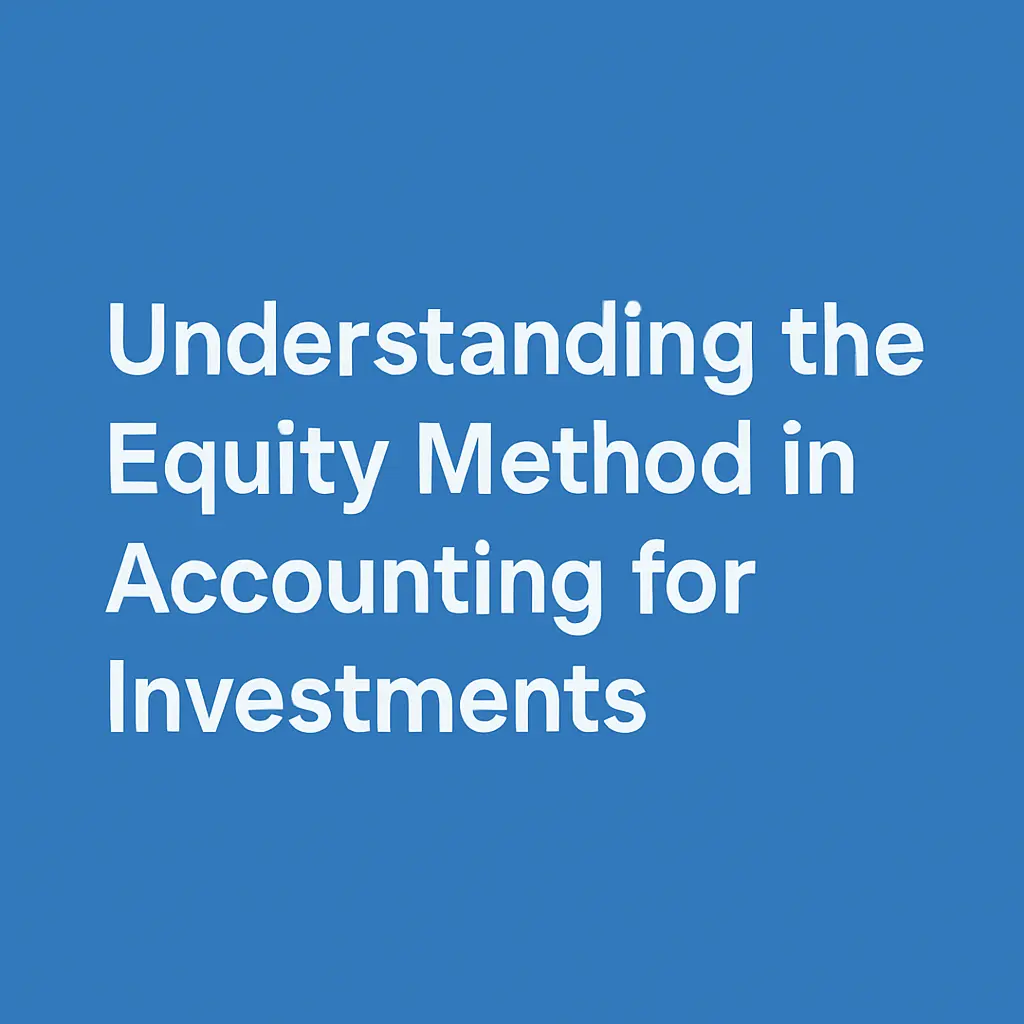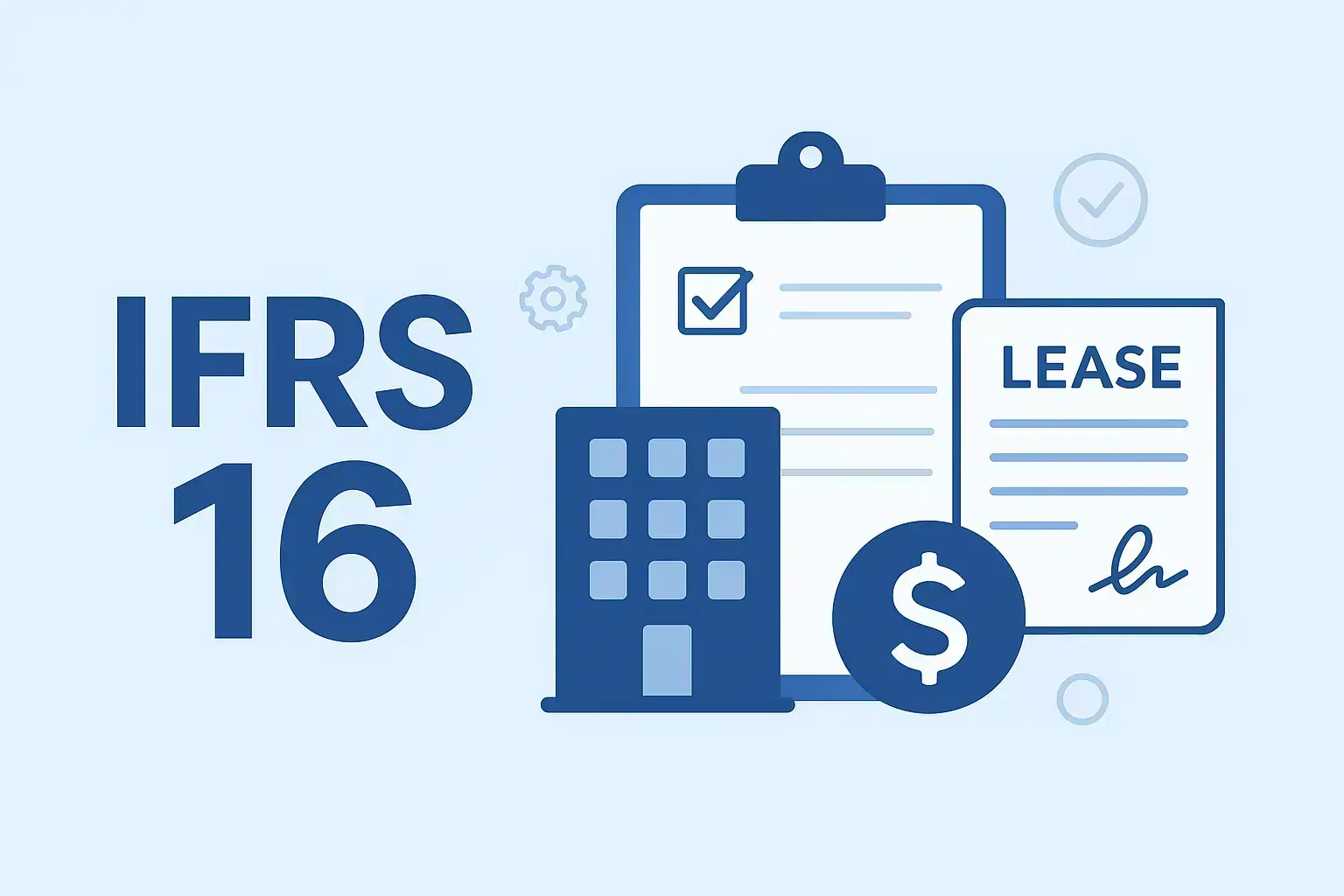Latest Articles & News
Discover how accurate financial statements power smarter decisions for SMEs in Austria. From reconciliations and cut‑off to inventory valuation and variance analysis, this guide helps you build audit‑ready reports and improve financial visibility.

Financial Reporting & Analysis
How to Prepare Accurate Financial Statements for Your SME in Austria
Accurate financial statements are the foundation of smart decision-making, compliance, and investor confidence. This guide explains the essentials SMEs in Austria should follow to prepare reliable reports—step by step.
Why Accurate Financial Statements Matter
For SMEs, precise financial statements turn raw transactions into decision-ready insights. Lenders and investors expect clean reporting, tax authorities require compliance, and internal leadership relies on trend visibility to manage cash flow and growth. In short, sound financial reporting for SMEs reduces risk and unlocks opportunities.
The Three Core Financial Statements
1) Income Statement (Profit & Loss)
Shows revenue, cost of sales, operating expenses, and net profit for a period. Use consistent revenue recognition and expense categorization to ensure comparability across months and quarters.
2) Balance Sheet
A snapshot of assets, liabilities, and equity at a point in time. Keep a close eye on receivables aging, inventory valuation, and short-term obligations to protect liquidity and working capital.
3) Cash Flow Statement
Converts accrual accounting into cash movements across operating, investing, and financing activities. This report helps leaders plan payments, investments, and funding with confidence.
Step-by-Step: Preparing Accurate Financial Statements
Step 1 — Keep Transactions Clean and Timely
Record all sales, purchases, payroll, and adjustments promptly. If your internal capacity is limited, consider outsourcing to accurate bookkeeping records provided by specialists to avoid backlogs and posting errors.
Step 2 — Reconcile Every Account
Reconcile bank, credit card, payment gateways, and key balance sheet accounts monthly. Variances should be investigated and resolved before drafting statements.
Step 3 — Validate Cut-Off and Classifications
Ensure revenue/expense cut-off is correct at period end. Classify operating vs. non-operating items consistently. Confirm capitalization policies for fixed assets and IFRS-aligned depreciation methods.
Step 4 — Accruals, Provisions, and Inventory
Post accruals for utilities, payroll, interest, and vendor invoices not yet received. Create provisions for doubtful accounts using a documented policy. Align inventory valuation (FIFO/Weighted Average) with your accounting policy and stock controls.
Step 5 — Draft, Review, and Iterate
Generate the trial balance and draft statements. Perform variance analysis vs. prior periods and budget—if you don’t have a budget yet, start here: budgeting and forecasting. Investigate unusual swings before finalizing.
Step 6 — Finalize and Share
Produce final statements with notes and KPIs. Share summaries with stakeholders and store working papers for audit readiness.
Policies, Controls, and Tools To Raise Quality
Accounting Policies: Document revenue recognition, inventory valuation, capitalization thresholds, and depreciation methods.
Close Checklist: Use a monthly checklist (cut-off, reconciliations, accruals, provisions, reviews) with owners and due dates.
Segregation of Duties: Separate posting, approval, and payment where possible.
Automation: Bank feeds, rules, and reconciliation tools reduce human error and cycle time.
Variance Analysis: Compare actuals to budget/forecast and explain drivers—price, volume, mix, FX, and timing effects.
Common Pitfalls to Avoid
Late postings, missing reconciliations, inconsistent classifications, and weak inventory controls can distort results. Establish a monthly close calendar and, when needed, lean on expert support to maintain speed and accuracy.
Need Help Getting Statements Audit-Ready?
If you want robust processes, faster closes, and decision-ready reporting, our team can help—from policy design to month-end execution and analysis.
Book a Consultation · Explore Financial Statements & Analysis · More Guides on Financial Reporting






Send Us Message
Your email address will not be published. Required fields are marked *